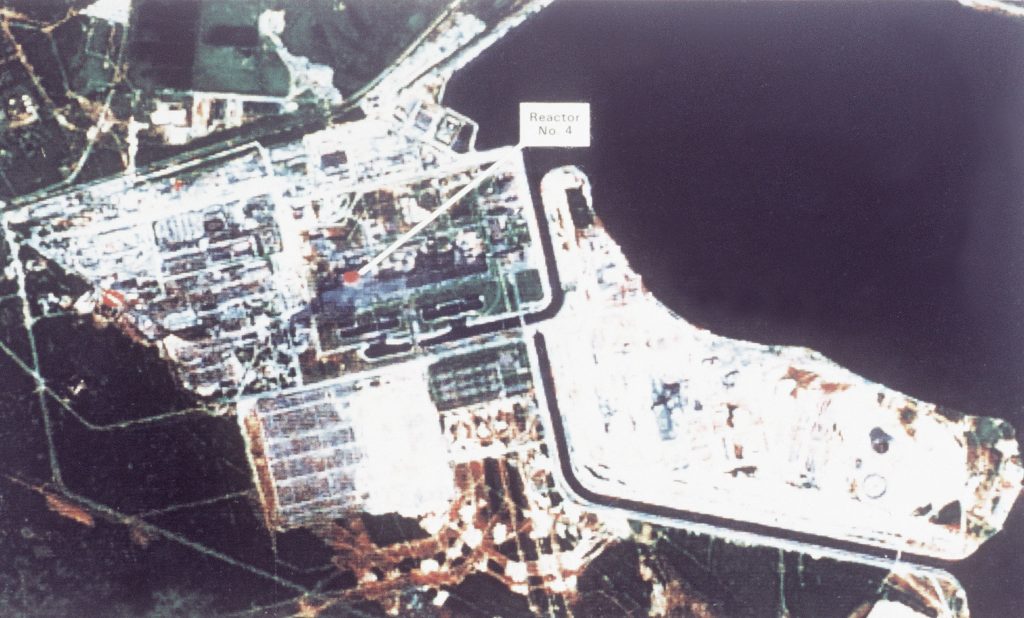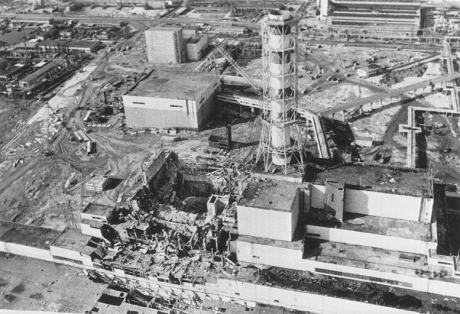Not only can you never be prepared enough for Mother Earth, but you can not rely on your government for help. Time after time, natural disasters through out history proves this.
It is clear that any disaster preparations in Japan, prior to the 9.0 quake/tsunami, were not enough. In several coastal towns the sea barrier walls did not stand up to the tsunami. Previous ideas of how long people would have before a tsunami would hit, after an earthquake, were shattered. There are coastal towns that have signs demarcating where the expected limits of any tsunami would be, but it’s now clear the tsunami blew past those expected limits.
It is also clear that the national government is not prepared for something like this, but we have to remember it is dealing with the nuclear disaster as well. As a result, local governments are being burdened with dealing with the natural disasters, and many local officials are saying they are not equipped to do so. Local governments had expected the national government to handle such large natural disasters. This is not a good sign for the rest of the world because Japan had always been looked up to as a shining example of disaster preparedness.
The residents of coastal towns and cities, that can be considered the ground zeros of the tsunami, could have never prepared enough. Stocking up on food and water, medical supplies, or any other item considered essential for survival, is a waste of time because it was all swept away by the floods. Everything was destroyed. However, in the periphery of the disaster, where many of the emergency shelters are, it is clear that preparations were not enough, as they have started running out of food, water, heating fuel and medical supplies.
I’m not saying you shouldn’t prepare. People outside the disaster areas are now dealing with food, water and fuel shortages. This is an example of why everyone, everywhere should have a stockpile of food, water and fuel. You never know, you might just survive that big disaster, and that’s when you’ll need the basic necessities.
Clearly disaster preparedness in Japan shows signs of underestimating potential disasters, overestimating the effectiveness of preparations, and overestimating any government assistance.


